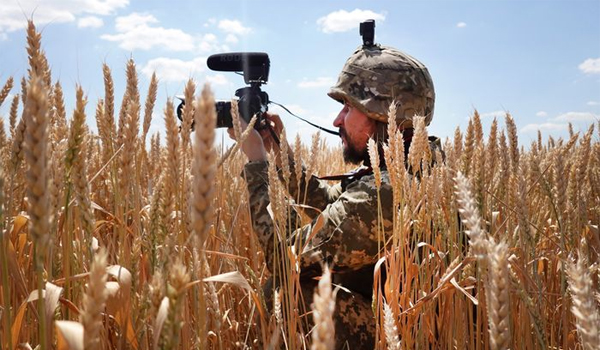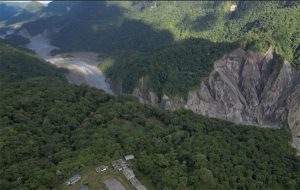
Myra P. Saefong, MarketWatch
SAN FRANCISCO
EnergiesNet.com 02 23 2023
Russia is a key supplier of many major commodities, but supply issues weren’t quite as catastrophic as some had expected following its invasion of Ukraine a year ago.
“Given Russia’s vast amount of natural resources, the impact on the commodity sector from the war in Ukraine remains material,” says Jeremy Thurm, senior credit research analyst at Aegon Asset Management. After a year, however, a “variety of other factors such as redirected trade flows, lack of sanctions, China’s COVID lockdowns, and a warmer-than-expected winter have all muted the initial impact the war had on commodity prices.”
Read Barron’s: Oil shipping stocks have soared. The rally might not be over.
Following Russia’s Feb. 24, 2022, invasion of Ukraine, it wasn’t just oil prices that rallied. Russia is among the world’s biggest palladium producers, and U.S. prices for the metal PA00, +1.43% PAH23, +1.43% PAM23, +2.00% from just before the invasion to their 2022 price peak rose by more than 20%. Newcastle coal prices NCFJ23, -0.49% on ICE Futures Europe almost doubled, while European benchmark natural gas nearly tripled.
Many commodity prices skyrocketed in the first months of the invasion, but “since the supply impacts have been digested by the markets, the impact has been less than would have been expected at the beginning of the war,” says Yon Perullo, CEO of investment risk management firm RiXtrema. “The world is learning to deal with the lack of Russian commodities.”
Over the past 12 months, as of Feb. 21, U.S. palladium prices have dropped about 35%. Aluminum on the London Metal Exchange, as well as European benchmark natural gas and U.S. copper HG00, +0.11% HGH23, +0.11% and wheat prices W00, -0.31% WH23, -0.39%, have also declined.
“While the impact of the war on commodity prices has been limited, it did trigger some profound changes toward energy policy and flow of commodities,” says Darwei Kung, head of commodities and a portfolio manager at DWS Group.
‘While the impact of the war on commodity prices has been limited, it did trigger some profound changes toward energy policy and flow of commodities.’— Darwei Kung, DWS Group
Russia has been a major provider of energy to Europe, he says, but its role in the European energy market has “significantly diminished since last year,” with energy produced by Russia having to travel farther to Asia.
Read: Why U.S. fuel prices continue to feel the effects of Russia’s invasion of Ukraine
The war also showed that “food security is an issue that supersedes other security concerns,” with the U.S., Europe and their allies extending “extraordinary efforts to ensure that grain export activities remain uninterrupted, contrasting with other sanction efforts,” says Kung.
Aegon’s Thurm points out that for the most part, Russia hasn’t stopped producing commodities. Some regions have stopped importing certain Russian commodities, notably with the U.S., continental Europe, and the United Kingdom cutting off purchases of Russian seaborne oil, and Europe prohibiting imports of steel originating in Russia, he says. That has affected supply to those regions, but commodities are largely ending up in “redirected global trade flows via imports of Russian material by countries such as China, India and Turkey.”
Also, Russia’s materials industry has been mostly “spared from sanctions,” given concerns around the impact that would have on global supply chains, says Thurm. The lack of sanctions related to palladium “speaks to the size of Russia’s output relative to global demand and how dependent the world is on Russian supply.”
For commodities that were sanctioned by the European Union — such as oil, coal, steel, iron and gold — the restrictions haven’t had a lasting impact on supply and demand, he says, with several large countries still accepting Russian commodities.
All told, the more “lasting impact” of the war is the change in the “global trading relationship,” says Kung, adding that given China’s link to Russia, it may incur more trade barriers associated with concerns over Russia.
“Limiting supply-and-demand choices through trade barriers will likely result in a more fragmented commodity market and higher prices for all of the consumers across the commodity complex,” he says.
marketwatch.com 02 23 2023











